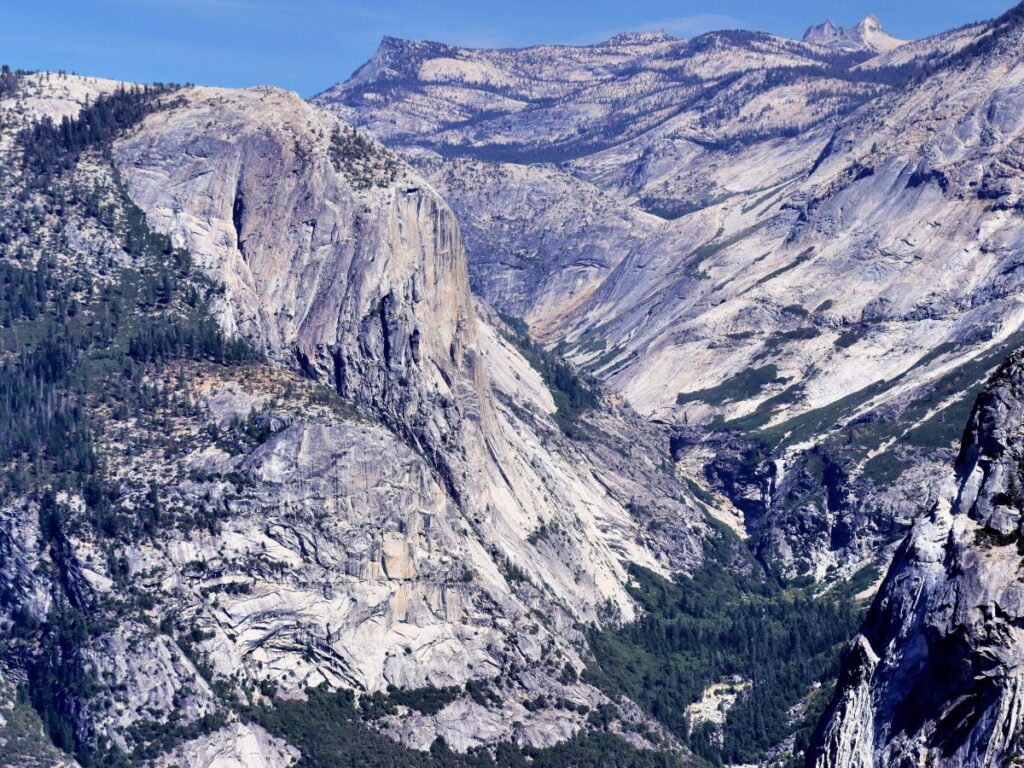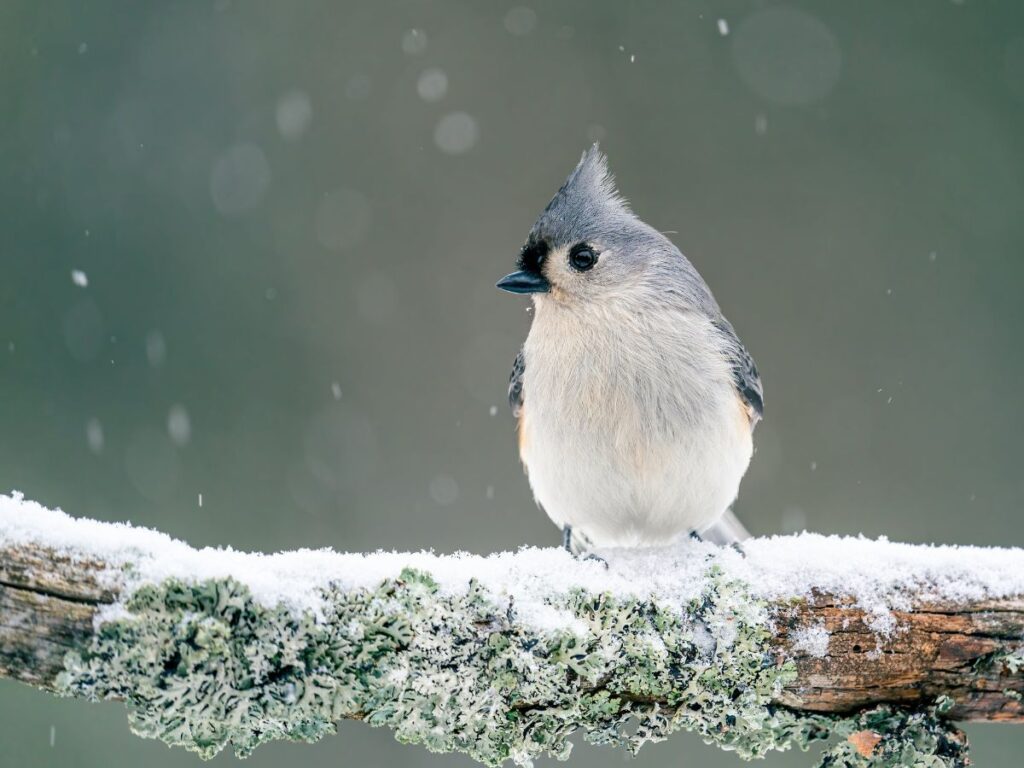Nestled in the western Sierra Nevada mountains of Central California, Yosemite National Park stretches over nearly 1,200 square miles and is a crown jewel of America’s national parks. Known for its iconic granite cliffs, ancient sequoia trees, and rich biodiversity, Yosemite is a haven for nature lovers and adventure seekers alike. But when winter comes and snow blankets the valley, the park transforms into a serene, glistening wonderland that promises a different kind of magic. For those contemplating a wintry escape, this blog aims to guide you through the mesmerizing allure of Yosemite National Park Snowfall, ensuring you’re equipped with all the details to make an informed decision.
When to Expect Snowfall in Yosemite
Typically, the snowfall season in Yosemite begins in late November and can stretch all the way to April. December through February are the peak snowfall months. During these months, you can expect the higher elevations to receive substantial snow, sometimes accumulating several feet. The Yosemite Valley, sitting at a lower elevation, tends to receive less snowfall in comparison, but it still enjoys a beautiful dusting that can range from a few inches to a couple of feet. It’s essential to note that each year can vary; some years might see a lighter snowfall while others may experience heavy, frequent snowstorms.

What Makes Yosemite National Park Snowfall Unique
Yosemite, already celebrated for its iconic landmarks, takes on an entirely new dimension under a blanket of snow. Picture the majestic El Capitan and the awe-inspiring Half Dome, both transformed as snow clings to their granite faces, creating contrasts that photographers dream of. The meadows, once verdant and bustling with life, become tranquil expanses of white, punctuated occasionally by the dark figures of trees or the tracks of winter wildlife. The valleys, too, with their snow-covered floor, resonate with a pristine silence that invites reflection and admiration. This transformation is not just visual but experiential, with the crisp air and muffled sounds creating a Yosemite experience that’s distinct from any other season.
Best Activities to Enjoy Snowfall in Yosemite National Park
Yosemite National Park snowfall season offers a plethora of activities tailored for winter enthusiasts.
Snowshoeing Trails: Snowshoeing is an excellent way to explore Yosemite’s winter landscapes. The park boasts several trails perfect for this activity, with some favorite ones being Dewey Point Trail and the Mariposa Grove of Giant Sequoias. These trails offer both gentle terrains for beginners and challenging stretches for the experienced, all while unveiling Yosemite’s winter beauty.
Skiing and Snowboarding in Badger Pass Ski Area: Recognized as California’s oldest ski area, Badger Pass offers both downhill skiing and snowboarding opportunities. With slopes catering to various skill levels, both novices and experts can indulge in some winter sports fun. The area also provides lessons for those keen on learning or refining their skills.
Winter Photography: Yosemite in winter is a dream come true for photographers. The frosty landscapes, with iconic landmarks adorned in snow, make for mesmerizing captures. Whether it’s the early morning light reflecting off the snow-covered El Capitan or the tranquil scenes of snow-covered meadows, there’s a photo opportunity waiting at every corner.
Wildlife Spotting: Even in the chill of winter, Yosemite’s wildlife remains active. Look out for animals like bobcats, mule deer, and various bird species. While some animals hibernate, many others have adapted to the snowy conditions, offering visitors a unique wildlife-watching experience.
Attractions to Visit When Its Snowing
A snowy Yosemite paints a picture quite unlike any other season. The following attractions, already magnificent, become ethereal with a wintry touch:
Yosemite Valley: Enveloped in snow, the valley offers breathtaking views of landmarks like El Capitan, Half Dome, and Bridalveil Fall. The snow adds a serene touch, making it a must-visit.
Mariposa Grove: Home to over 500 mature giant sequoias, this grove takes on a magical aura under a blanket of snow. The juxtaposition of the colossal trees against the soft snow is a sight to behold.
Tunnel View: This vantage point provides a panoramic view of Yosemite Valley, especially enchanting when snow-covered.
Glacier Point: While this attraction is mostly accessible in summer, if you’re lucky to visit it just after the first few snowfalls and before road closures, the snowy scenes are unparalleled.
Getting There
Access Points: If you’re planning to experience Yosemite in all its snowy splendor, it’s crucial to know the best ways to get there. The most commonly used entrances during winter are the Big Oak Flat Entrance, the El Portal Entrance, and the Arch Rock Entrance. Other entrances like Tioga Pass and Glacier Point Road typically close for the season due to snow. The park is accessible by both private vehicles and public transportation, including buses and Amtrak services that connect to nearby cities like Fresno and Merced.
Road Conditions: In winter, road conditions can change rapidly. Tire chains are often required for private vehicles, even for those with four-wheel drive. Permits are generally not needed to enter the park during the winter, but you do need to pay the regular entrance fee. Always check the National Park Service website or call the visitor center for the latest road conditions and chain requirements.

Accommodation During Snow Season
Winter in Yosemite may be less crowded than summer, but accommodations can still fill up due to the park’s perennial popularity. For the best selection and availability, it’s recommended to book at least 4-6 months in advance, especially if you’re planning a trip during holiday periods.
Campgrounds Available During Winter: Even during the winter months, Yosemite provides opportunities for those looking to camp amidst its frosty vistas. While many of the park’s campgrounds close for the winter, a few remain open:
- Upper Pines Campground in Yosemite Valley remains open year-round, offering an immersive experience surrounded by snow-covered landscapes.
- Camp 4, also in Yosemite Valley, is a first-come, first-served campground, available for those spontaneous travelers. However, accessibility can be more limited during peak snow periods.
Heated Lodging Options Within and Near the Park: For visitors who prefer the comforts of heated lodging, Yosemite has several options both within and around the park:
- Yosemite Valley Lodge: Conveniently located near Yosemite Falls, this is a prime location for easy access to the main attractions.
- Ahwahnee Hotel: A luxury hotel with a rich history, the Ahwahnee provides a mix of stunning architecture and natural beauty.
- Tenaya Lodge: Located just outside the south entrance of the park, it offers a range of accommodations, including suites, cabins, and even heated tent cabins.
Tips for Planning Your Visit
Visiting Yosemite in winter requires a bit of extra planning. Here are some essential tips:
- Dressing in layers is crucial. Ensure you pack waterproof boots, thermal wear, gloves, and a hat. Carrying a waterproof jacket is also a good idea.
- Before heading out, always check the latest weather forecasts. Snowstorms can be sudden and can lead to unexpected road closures.
- Depending on snow conditions, chains might be required for certain parts of the park, especially if you’re driving. It’s advisable to carry chains and familiarize yourself with how to use them. Specific areas like Badger Pass mandate the use of chains during heavy snow.
- Some facilities and services may operate on limited hours or might be closed during winter. It’s always a good idea to check the park’s official website or call ahead to know the operational status of accommodations, restaurants, and visitor centers.
Precautions & Safety Measures
Being Prepared for Sudden Weather Changes: You can experience about 29 inches of the average snowfall in Yosemite National Park throughout the winter months. It’s uncommon for snow to accumulate beyond two feet in depth in this area, though in some rare instances, it has reached up to five feet. The weather can change very quickly in Yosemite, so always carry extra layers of clothing and a weatherproof jacket. Keep a portable phone charger and essential supplies like food and water in your vehicle.
Tips for Driving in Snowy Conditions: When driving in snow, go slow and avoid sudden turns or stops to prevent skidding. Make sure your vehicle is equipped with snow chains and that you know how to install them. Always keep a safe distance from the vehicle in front of you.
Recognizing Signs of Hypothermia and Frostbite: Be alert to signs of hypothermia such as intense shivering, confusion, and loss of coordination. Frostbite symptoms include numbness and pale, waxy skin. In either case, seek immediate medical attention.
Keeping a Safe Distance from Wildlife: Wild animals, like deer and bobcats, are active during winter. Always maintain a safe distance and never feed or approach them. It’s essential to respect the natural habitat of these animals.

Pros & Cons of Visiting Yosemite in Snow Season:
Pros
- Serene Beauty: The winter transforms Yosemite into a tranquil wonderland with snow-capped peaks and frosted trees.
- Fewer Crowds: Compared to the bustling summer months, winter sees fewer visitors, providing a more intimate experience with nature.
- Unique Activities: Opportunities for snowshoeing, skiing, and winter photography await winter visitors.
Cons
- Limited Accessibility: Some parts of the park, like Glacier Point Road and Tioga Road, close during the winter due to snow.
- Cold Weather: Temperatures can be quite chilly, especially at night, requiring visitors to be adequately prepared.
- Changing Road Conditions: Snow and ice can make driving more challenging, and tire chains are often required.
Key Takeaways
- Yosemite National Park transforms into a breathtaking snow-blanketed paradise during the winter season.
- Snow typically falls between November and March, with January and February often seeing the heaviest snowfall.
- A variety of winter activities like snowshoeing, skiing, and winter photography are available to visitors.
- Both campgrounds and heated lodgings are available during the snow season, but advance reservations are recommended.
- Visitors should be prepared for sudden weather changes, snowy road conditions, and need for tire chains.
- Awareness about hypothermia, frostbite, and maintaining a safe distance from wildlife is essential.
- While the serene beauty and fewer crowds are a major attraction, limited accessibility and cold weather can be challenges.
FAQs
- When is the best month to see snow in Yosemite?
January and February typically see the heaviest snowfall in Yosemite. - Are all entrances to Yosemite open during the snow season?
Not all; some entrances, like Tioga Pass, usually close in the winter due to snow. - What are the skiing options available in Yosemite during winter?
Badger Pass Ski Area in Yosemite offers both downhill skiing and cross-country skiing. - Do I need to book accommodations in advance for winter visits?
Yes, it’s recommended to book accommodations in advance due to limited availability in winter. - Are tire chains necessary for driving in Yosemite during winter?
Yes, tire chains are often required on Yosemite’s roads during snowy conditions. - What wildlife can I expect to see in Yosemite during winter?
Wildlife like mule deer, coyotes, and various bird species can be spotted in Yosemite during the winter months. - How do I prepare my car for Yosemite’s snowy roads?
Ensure your car has snow chains, a full gas tank, and check antifreeze levels before heading to Yosemite in winter. - Are there heated lodges available within Yosemite?
Yes, there are heated lodges within Yosemite, such as Yosemite Valley Lodge and Ahwahnee Hotel.
